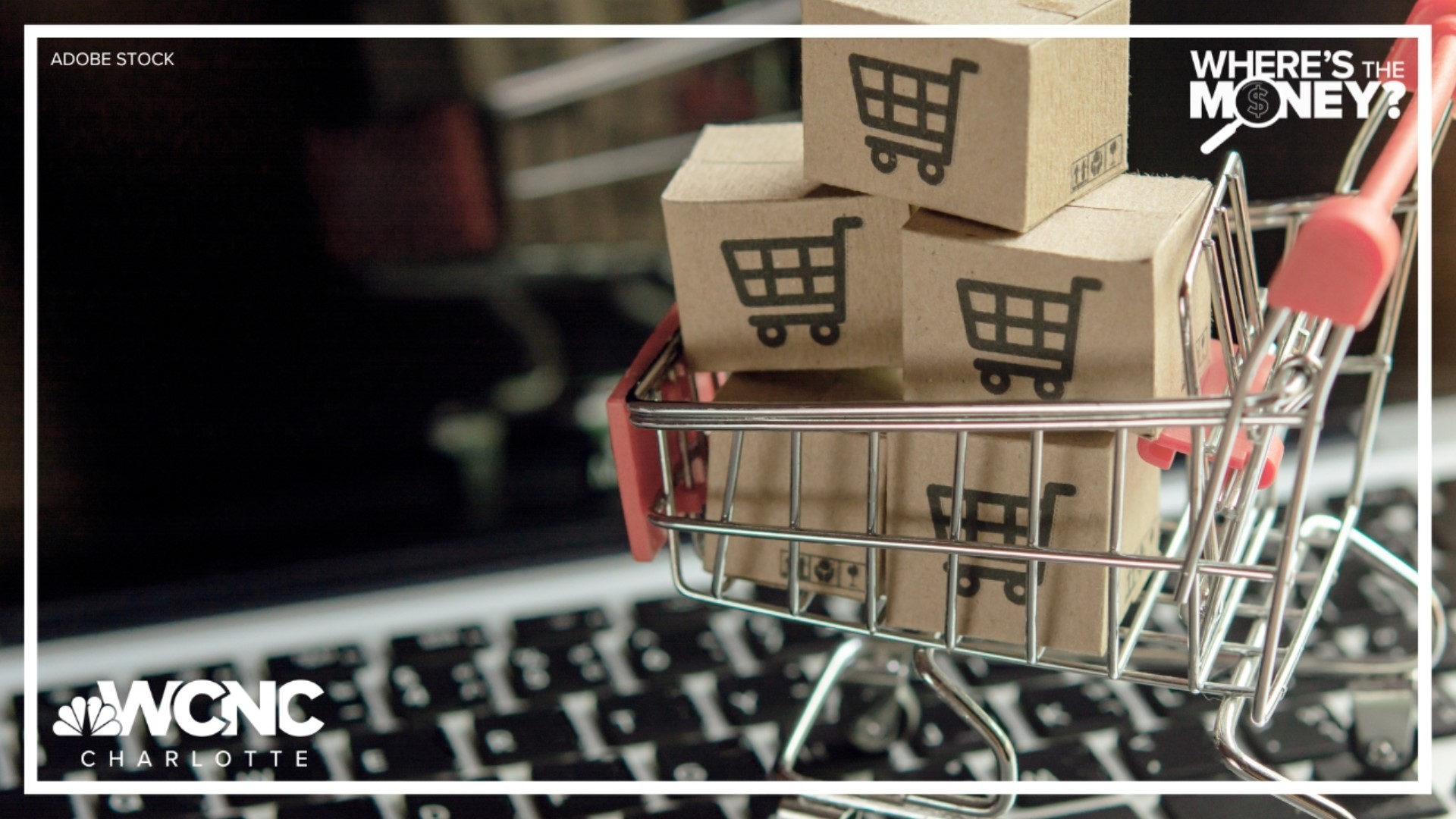NEW YORK — If you’re someone who likes to return and exchange gifts after the holidays, prepare yourself: Making returns could feel a little different this year.
“It’s going to be hard for consumers to navigate,” says shopping expert Trae Bodge. “The return policies are all over the place.” The biggest change, she adds, is that more retailers are charging fees for returned merchandise.
About 40% of online and brick-and-mortar retailers are charging fees for returns this year compared with 31% last year, according to David Morin, vice president of customer strategy at Narvar, which handles shipping, tracking and returns information post-purchase for online retailers. Those return shipping or restocking fees are generally $3.99 to $9.99, he says.
The good news is there are ways to minimize return fees and in some cases avoid them altogether. Here’s what experts recommend.
REVIEW RETURN POLICIES IN ADVANCE
Because retailer return policies vary so much and many have recently changed, Morin recommends checking the return policy before you make any purchases, even if it’s at a store where you’ve bought from before. “Many retailers are offering an extended return window during the holiday gift season, but always look at the fine print,” he says.
In many cases, says Samantha Gordon, deals editor for Consumer Reports, return windows are shorter than in previous years. “A lot of retailers extended their return policies because of the pandemic, and we’re seeing those accommodations go away,” she says.
For shoppers, the return experience is a critical part of whether they enjoy their interaction with the retailer and become repeat customers, says Spencer Kieboom, co-founder and CEO of Pollen Returns, which partners with retailers to help them manage returns. For that reason, he says, “I always check the return policy.”
JOIN THE LOYALTY PROGRAM
One of the easiest ways to avoid fees is to join a retailer or brand’s loyalty program, which often comes with perks like free returns.
The only downside? Doing so means being on the receiving end of promotional emails about sales and discounts. If you want to limit the amount of marketing going into your primary email account, Bodge suggests setting up a separate email for shopping-related messages.
For Bodge, the pros of joining loyalty programs outweigh the cons. “You can earn points to get free things, you get access to exclusive sales and free merchandise. It’s a good practice,” she says.
DO THE LEGWORK YOURSELF
Shoppers can also often avoid return fees by taking the item to the store themselves. “Most retailers are happy to have consumers visit their store,” Morin says, so they generally make in-store returns free. Drop-off locations have become more prevalent, he says, for example with Whole Foods and Kohl’s accepting Amazon returns for free.
Always keep the receipts, tags and original packaging until you know whether you’ll be making a return.
RESEARCH ITEMS MORE BEFORE PURCHASING
Taking the time to select the correct item in the first place can negate the need for returns altogether, Bodge says. “If you’re not sure about something, go into the store so you’re not taking a chance,” she says.
Gordon agrees: “Before you buy it, make sure you want it. Don’t just buy the thing that’s on sale.” Similarly, if you’re buying a gift, think carefully about the recipient’s sizing and preferences before making your selection.
BUDGET FOR EXTRA FEES
Return fees are likely here to stay, so Bodge recommends preparing yourself, and your budget, for them. “Ultimately, you may have to pay a return shipping fee between $5 and $10 each time,” she says. “We should expect to pay for returns for most retailers eventually.”
Morin agrees. “Free returns for everyone all the time is likely an unsustainable proposition,” he says, especially given the widespread and growing prevalence of online shopping.
Factoring in those fees when making purchases can help reduce surprises later. “If you’re placing an order online, you need to get into a different head space about returning,” and go in knowing that free returns are less likely going forward, Bodge says.
CONSIDER SELLING OR REGIFTING INSTEAD
Andrea Woroch, a money-saving expert, says that if making a return isn’t possible or if you want to avoid the return fee, another option is to regift the item or sell it online. People can sell clothing and accessories on Poshmark, gadgets on eBay and toys or other goods on OfferUp or Facebook Marketplace, she says.
If you’re regifting, just make sure the person actually would enjoy the item. Woroch adds: “Don’t just pass something on to get rid of it.”
____________________________________
This column was provided to The Associated Press by the personal finance website NerdWallet. Kimberly Palmer is a personal finance expert at NerdWallet and the author of “Smart Mom, Rich Mom.” Email: kpalmer@nerdwallet.com. X: @KimberlyPalmer.
RELATED LINK: NerdWallet: Return policy guide: What to know, which stores stand out https://bit.ly/nerdwallet-return-policy-guide

